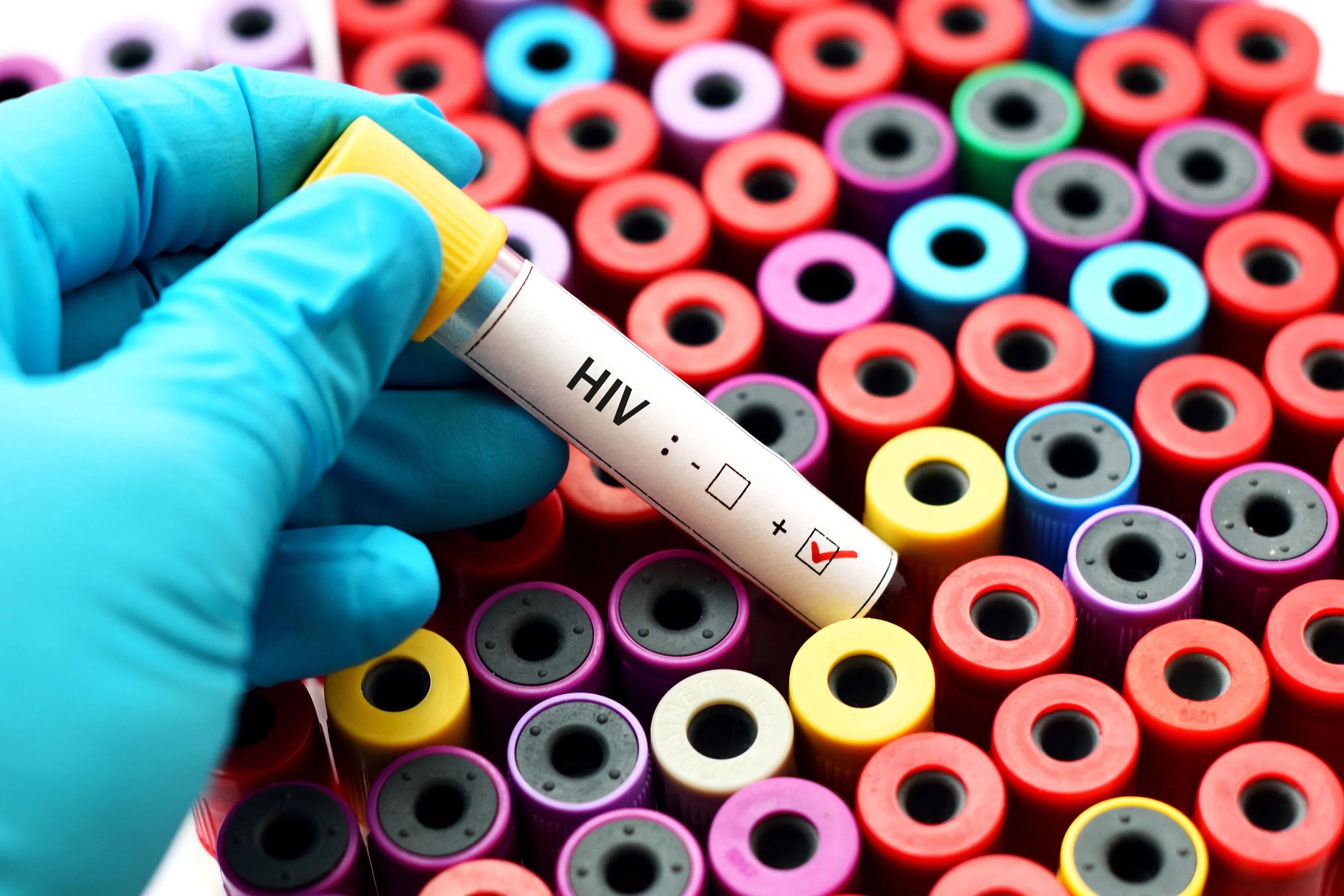This article appeared originally on our sister site, Contemporary Pediatrics.
Reported deaths were higher among children younger than 5 years of age living with HIV and receiving ART, compared to older age groups, according to a Morbidity and Mortality Weekly Report (MMWR) from the Centers for Disease Control and Prevention (CDC).
Across the globe, data show that children younger than 5 years of age living with HIV are less likely to receive a diagnosis of HIV. This means the age group is less likely to be linked to ART compared to older individuals living with HIV, and as a result, are more likely to die, according to the MMWR study investigators.
In general, mortality rates among children in this age group are higher on a global level compared to older persons. Thus, those under 5 years of age living with HIV “might experience excessively high mortality compared with older persons living with HIV receiving ART,” wrote the study authors.
The investigators sought to compare mortality of infants aged <1 to 4 years to persons aged 5 years and older living with HIV and receiving ART during October 2020 to September 2022, using data from all clinical sites supported by the US President’s Emergency Plan for AIDS Relief (PEPFAR).
Indicators included the estimated number of people living with HIV receiving ART, mortality, interruption in treatment (defined as no clinical encounter during the 28 days after last scheduled clinical contact), proxy viral load coverage, and viral load suppression. Mortality was measured as the annual mean numbers and proportions of reported deaths for those receiving ART. This was compared among stratified groups of children younger than 5 years of age (<1 year and 1-4 years) with older persons aged 5-14 years, 15-49 years, and 50 years and up living with HIV receiving ART. Crude mortality ratios (CMRs) were calculated by comparing the proportions of reported deaths among the age groups, according to the MMWR.
Across all PEPFAR-supported locations, an average of 17.9 million individuals living with HIV received ART each quarter. Of these, 11,980 were aged younger than 1 year, and 105,510 were aged 1 to 4 years during the study period. Among those receiving ART and younger than 1 year, 4.9% were reported to have died annually. Among those aged 1 to 4 years, 2.5% were reported to have died.
What You Need to Know
The CDC report highlights higher mortality rates among children under 5 living with HIV and receiving ART compared to older age groups.
Mortality rates for children under 1 year were approximately 4-to-9-times higher than older age groups, while for children aged 1 to 4 years, rates were approximately 2-to-5-times higher.
Treatment interruptions were more prevalent in children under 5 compared to older age groups, with lower rates of proxy viral load coverage and viral load suppression observed in the younger cohort.
This compares to the older age groups, for which 0.5% died in the 5 to 14 years age group, 0.7% among the 15 to 49 years age group, and 1.4% for the 50 years or older group. Reported death proportions among those aged younger than 1 year were approximately 4-to-9-times those among the older age group, the investigators reported (CMR = 9.2, 7.2, and 3.6 among persons living with HIV aged 5–14 years, 15–49 years, and ≥50 years, respectively.)
For children aged 1 to 4 years, proportions were approximately 2-to-5-times higher compared to older age groups (CMR = 4.8, 3.7, and 1.9 among those aged 5–14 years, 15–49 years, and ≥50 years, respectively).
In addition, treatment interruptions were more prevalent in the children younger than 5 years of age compared to older groups. Proportions were lower for proxy viral load coverage, as were viral load suppression:
Treatment interruptions:
· <1 year and 1 to 4 years = 4%
· 5 to 14 years = 2%
· 15 to 49 years = 3%
· 50 years and older = 2%
Proportions for proxy viral load coverage:
· <1 year = not reported
· 1 to 4 years = 66%
· 5 to 14 years = 82%
· 15 to 49 years = 77%
· 50 years and older = 83%
Proportions for viral load suppression:
· <1 year = 78%
· 1 to 4 years = 73%
· 5 to 14 years = 85%
· 15 to 49 years = 94%
· 50 years and older = 96%
The MMWR noted there are strategies to optimize care for children living with HIV, which could help the disproportionately poorer outcomes those aged younger than 5 years experience.
These strategies include diagnosing children as early as possible and linking them to ART, ensuring children continue effective HIV care and treatment via family-centered and differentiated service delivery models, and the comprehensive prevention, identification, and management of advanced HIV disease and its complications such as tuberculosis and severe acute malnutrition.
The study investigators concluded that, “these strategies, as highlighted in PEPFAR’s 2023 country and regional operational planning guidance, have the potential to prevent death, reduce the inequities experienced by children aged <5 years living with HIV, and contribute to the global measures to end AIDS among children by 2030.”
Reference
Mortality among children aged <5 years living with HIV who are receiving antiretroviral treatment — US President’s Emergency Plan for AIDS Relief, 28 supported countries and regions, October 2020–September 2022. Morbidity and Mortality Weekly Report. December 1, 2023. Accessed April 10, 2024. https://www.cdc.gov/mmwr/volumes/72/wr/mm7248a1.htm

